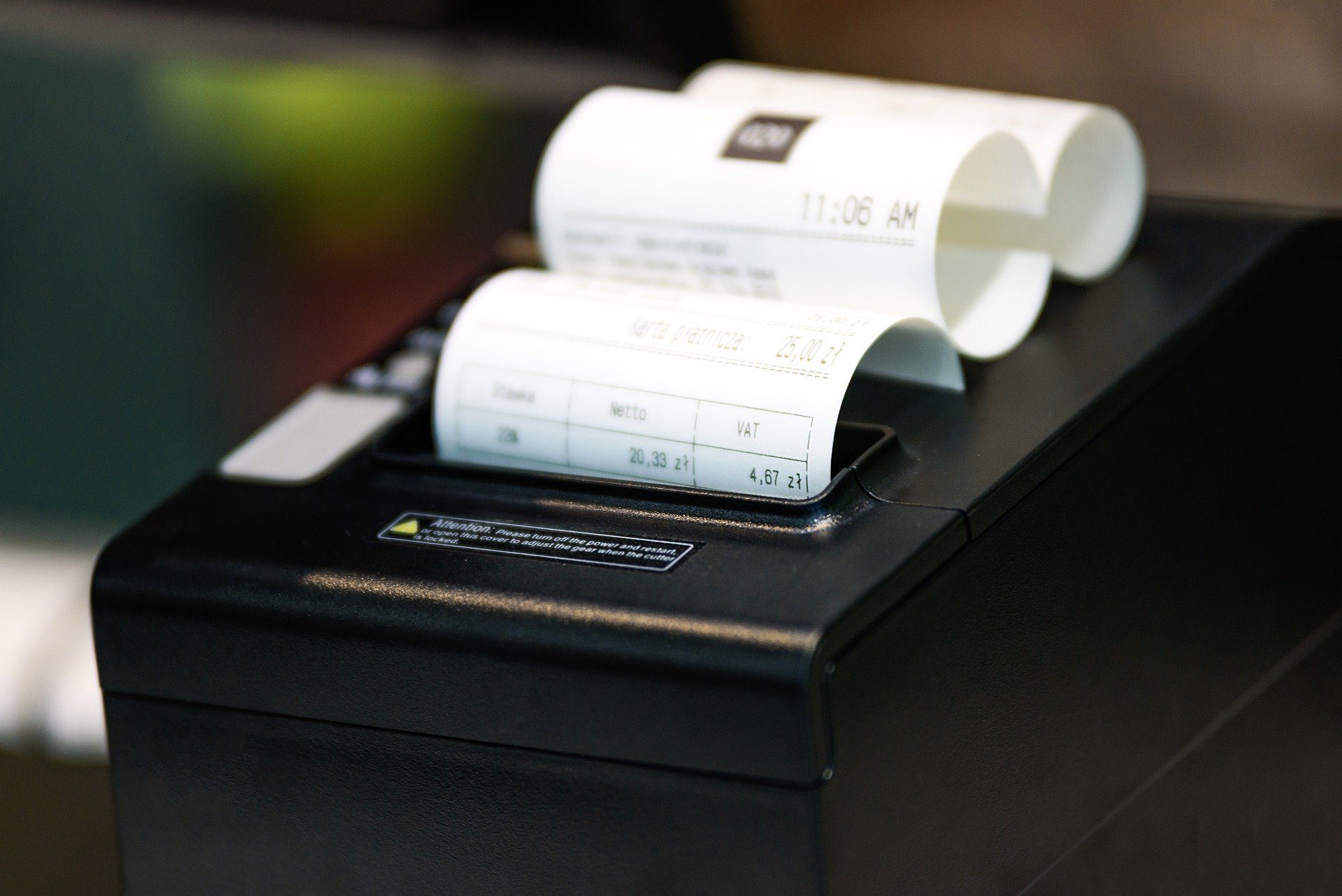One of the most challenging aspects of running a restaurant is managing your finances. After all, your ability to keep things up and running will depend on the business’s available finances.
Your finances need to be in order to ensure you can pay rent, staff, suppliers, and vendors. Which is why, poor restaurant finance management can lead to your eatery going out of business very quickly.
If you are planning to open a food outlet in the near future, you will need to know how to manage a restaurant finance effectively. Let’s look at some tips to help you stay on top of your venture’s finances.
Check this Blog Post here if you looking for tips on Restaurant funding for small food businesses.
Track Your Cash Flow
Any business’s finances can be assessed by keeping track of cash flow. This involves checking how much money is coming in during a given period of time, how much is being spent on expenditures, and how much you have on-hand at the outlet itself.
If you notice that your expenditures are consistently exceeding your revenue, your business may be heading towards bankruptcy. However, knowing that your business is heading towards financial difficulty can be a lot more helpful than realising it at the last moment when it can’t be saved.
For this reason, managers should keep a close eye on finances and address problems before they start to impact the business’s future.
Create and Follow a Budget
Once you have begun keeping track of your cash flow, managers can create a budget to follow. Creating and maintaining a budget ensures that you know what your restaurant’s financial goals are. This is a proactive approach to help the restaurant stay on track with its ingredient costs and labor costs.
Restaurants managers often maintain multiple budgets for achieving short-term and long-term goals. It’s not uncommon to have an annual budget that is decided prior to the start of a new year as well as a seasonal budget that can be adjusted according to short-term changes.

Check Reports Regularly
Restaurant owners and managers usually track their cash flow on a weekly or monthly basis. However, these periods are relatively long and may not provide a clear picture of what day to day activity is like at the eatery.
To get a more accurate understanding of daily trends such as popularity and electricity usage, managers should review a daily report that offers some insight into these areas. Most payment system terminals allow you to view a rundown of your revenue for any given day. This information can be used to identify patterns for improving your business.
For example, if managers observe that business is slow on Mondays and Tuesdays, they can offer special discount deals to attract more customers on those days.
Conversely, if you are certain that very few customers will be frequenting your restaurant on certain days, you can ask a smaller number of servers and cooks to come in on those days.
How To Start Generating Profits And Reach The Break-even Point Quickly

Keep Ingredient Costs Down
Managers should also look for ways to keep ingredient costs down, as they may make up a significant portion of expenses. There are many different ways to cut back on costs in this area. Some eateries buy their ingredients in bulk as they are often cheaper when purchased in this manner.
Similarly, some struggling restaurants may switch over to using cheap ingredients to keep food production costs down. However, the potential risk of this approach is that it may affect food quality, which could negatively impact your restaurant’s popularity among customers.
Cut back on Labor Costs
Labor costs also make up a significant portion of expenditures for restaurants. However, unlike fixed costs such as rent or licenses, the amount your establishment spends on labor can vary. After all, you may not need your full team of staff on-hand on certain days when business is slow.
Managers should spend time looking over the various duties that each staff member performs and determine what the minimum number of staff required to run the restaurant is. This will make it easier to cut back on labor costs, as any excess staff won’t be hired on days when they are not needed.
However, this practice can be tricky to get right as the flow of customers may change unexpectedly during the week. If you are short on staff on a busy day, you may be unable to offer services to all the customers visiting the restaurant that day.
Avoid Spending on Non-necessities
People that go on to open restaurants often try and design them in a manner they always envisioned. This usually entails high expense renovations and additions that do not serve a functional purpose.
It can be tempting to hire one of your favourite painters to add a mural to the back wall of your eatery, but this could be a waste of funds if the mural does not attract enough customers to justify its addition.
For this reason, restaurant owners should focus on setting up the bare necessities before spending on additional items. Profit margins in the restaurant industry can be very slim, so it’s important to make each pound you spend count towards providing customers quality food items and service.
Check this interview with Neil Masters on how to design a restaurant.

Allocate Funds for Marketing
A portion of your annual or seasonal budget should be set aside to pay for marketing. This is especially important for new restaurants that are still getting off the ground.
A new eatery with the best menu items and exceptional service may still fail to attract customers due to lack of marketing. Managers should consider hiring a marketer who can promote the business to the appropriate audience in the right manner.
However, even marketing should be conducted carefully. If managers crunch the numbers and discover that their promotional activities are not pulling in new customers, it may be time to revise their strategy.
The aforementioned tips should be invaluable for managing the finances of any restaurant. Managers should strive to remain proactive when it comes to managing finances as any setbacks could severely impact the business and its long-term wellbeing.
Never Ignore A Marketing Budget For Your Restaurant Check The blog Post here.
Do you want to learn more about restaurant finance? Browse through our blogs to gain access to more trade secrets. If you’re seeking professional help, we have experienced restaurant consultants that are ready to help you.
